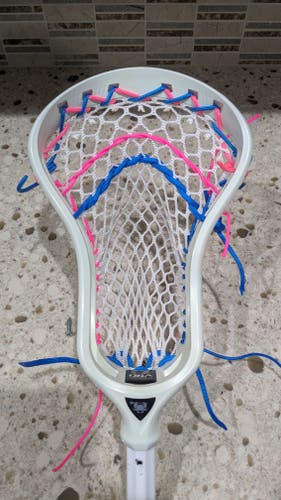Popular Lacrosse Heads
See more Popular Lacrosse Heads
STX Stallion 1K
56 Available
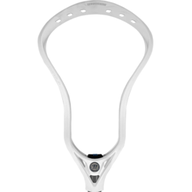
Warrior Evo Qx-O
75 Available

ECD Lacrosse Ion
169 Available

Maverik Optik 3.0
104 Available

STX Surgeon 1K
50 Available

ECD Lacrosse Mirage 2.0
95 Available
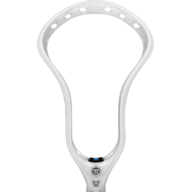
Warrior EVO QX2-O
25 Available
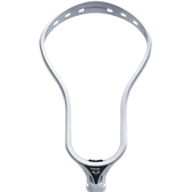
ECD Lacrosse DNA 2.0
48 Available

STX Hyper Power
17 Available
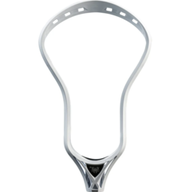
ECD Lacrosse Rebel
81 Available

Maverik Kinetik 2.0
88 Available
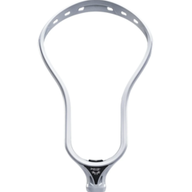
ECD Lacrosse DNA
43 Available
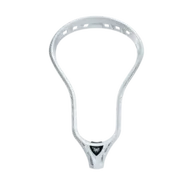
ECD Lacrosse Delta
12 Available

Maverik Tactik 2.0
86 Available

STX Hammer 1K
22 Available

STX Ultra Power
38 Available

STX Surgeon 900
45 Available
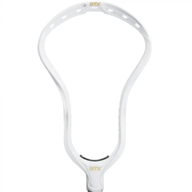
STX Stallion 900
60 Available

StringKing Mark 2A
72 Available
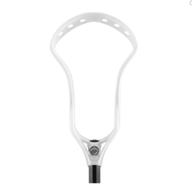
Maverik Kinetik
62 Available
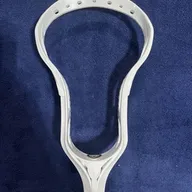
Adrenaline Automatic
16 Available

STX Stallion
36 Available

True Hzrdus
31 Available

STX Stallion 700
45 Available
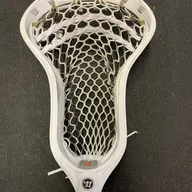
Warrior Burn XP-O
16 Available
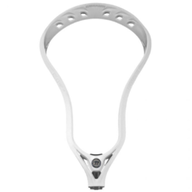
Warrior Evo
17 Available

STX Proton Power
23 Available

STX Super Power
30 Available

STX Super Power Plus
16 Available
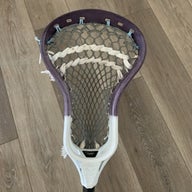
ECD Lacrosse Bravo 1
12 Available
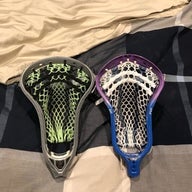
STX Surgeon 700
22 Available

STX AV8
23 Available

STX K18
5 Available

STX Stallion U 550
17 Available

STX Viper 2
15 Available

STX Crux
7 Available

STX Sniper
4 Available
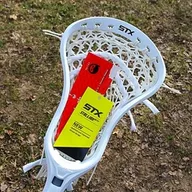
STX Stallion 550
5 Available

STX ACP
7 Available

Brine Alias
2 Available

STX Arrow
6 Available
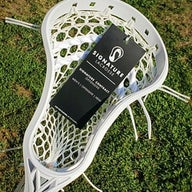
Signature Contract Offense
22 Available
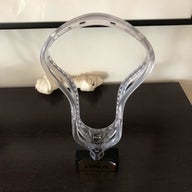
ECD Lacrosse DNA Diamond
6 Available

STX Excalibur
7 Available
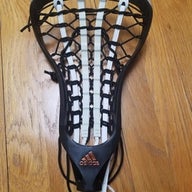
deBeer Fierce
3 Available

STX fuse
1 Available

STX Hammer 500
10 Available

STX Hammer U
6 Available
Shop by Brand
STX Lacrosse HeadsSTXECD Lacrosse HeadsECD LacrosseMaverik Lacrosse HeadsMaverikWarrior Lacrosse HeadsWarriorTrue Lacrosse HeadsTrueAdrenaline Lacrosse HeadsAdrenalineNike Lacrosse HeadsNikeBrine Lacrosse HeadsBrinedeBeer Lacrosse HeadsdeBeerEpoch Lacrosse HeadsEpoch
289 Results

YungSpicoli
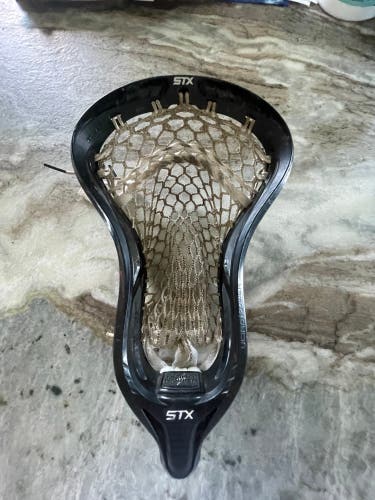
DomTsourkas14
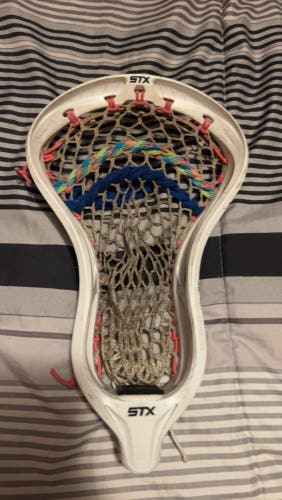
joseph_22
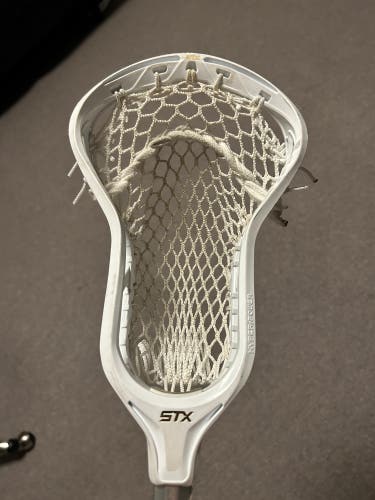
25braham
Stx hyper power
$101
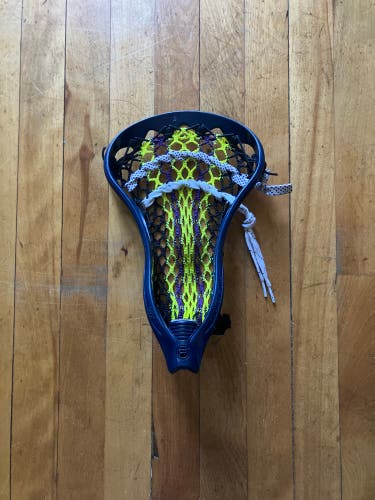
Kennylax221
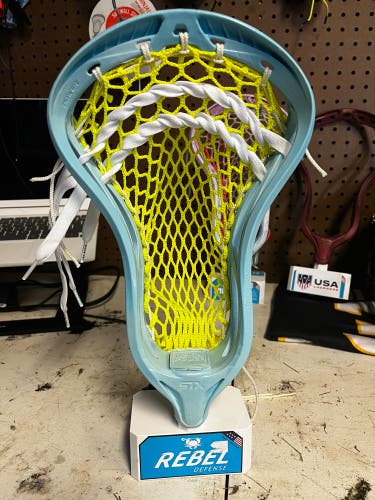
xmona37
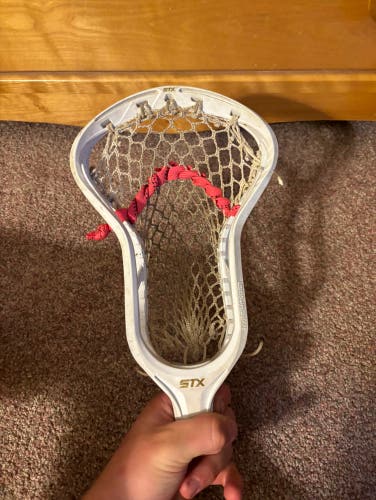
Ricetom_10
Stx hyper power
$58$6511%

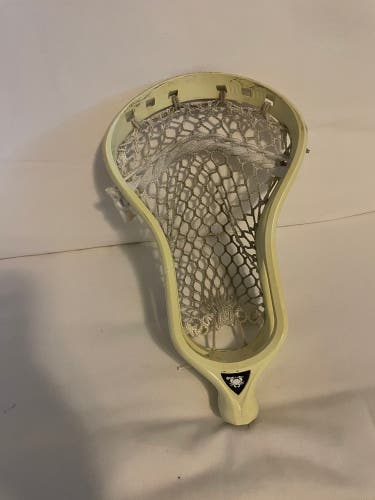
Caldwell_sports

HaydenHeadrick
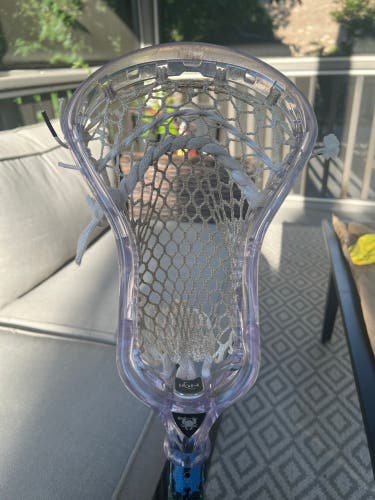
Travis_mann

prepperstrings

Benaround
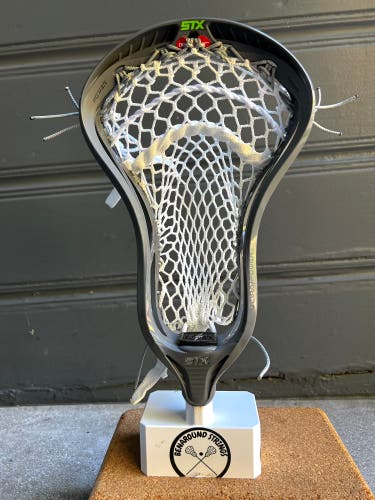
Benaround
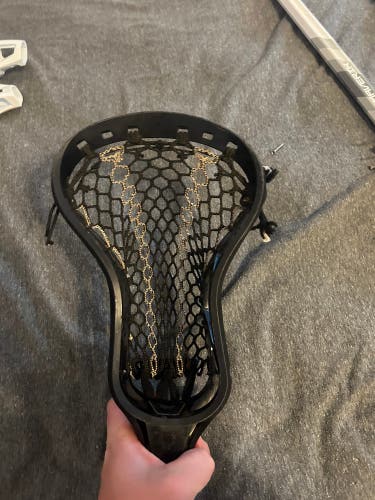
holdenhjemvick
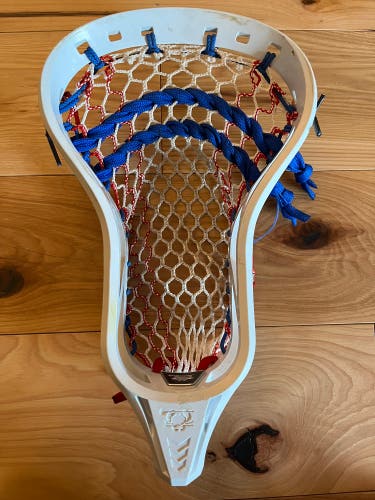
d_shep

lone_star_lax

IrishStringsLax

alex8781
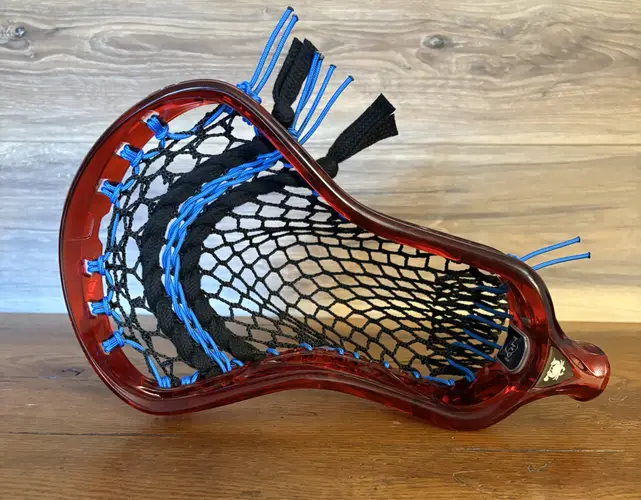
IrishStringsLax
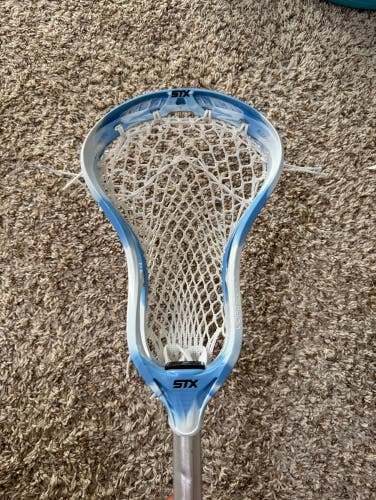
OkieLax
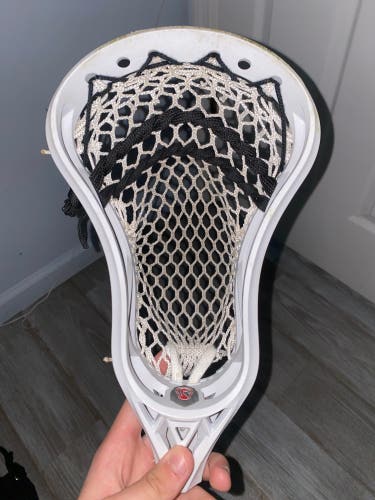
tyroneiskool

fgruner818
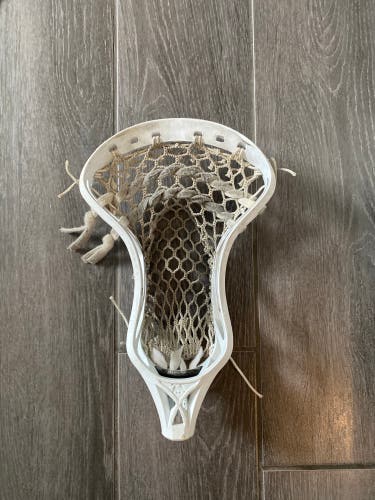
Dylan14martello
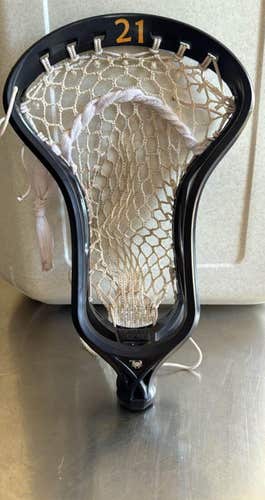
Giovannibott

andreyk

gavin1850
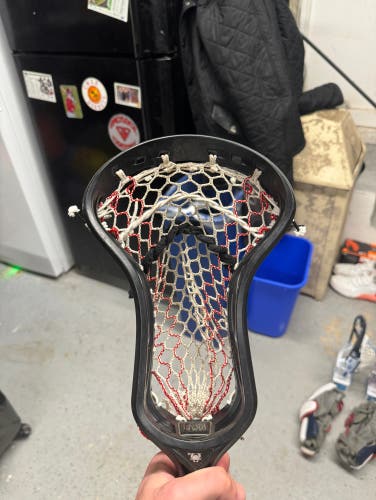
lukesheppard

ttoscano

A_murphy
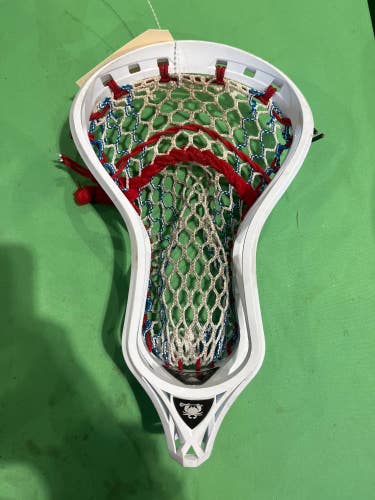
GrittySport
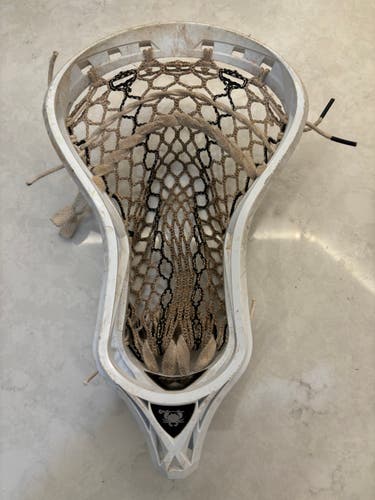
JG335
